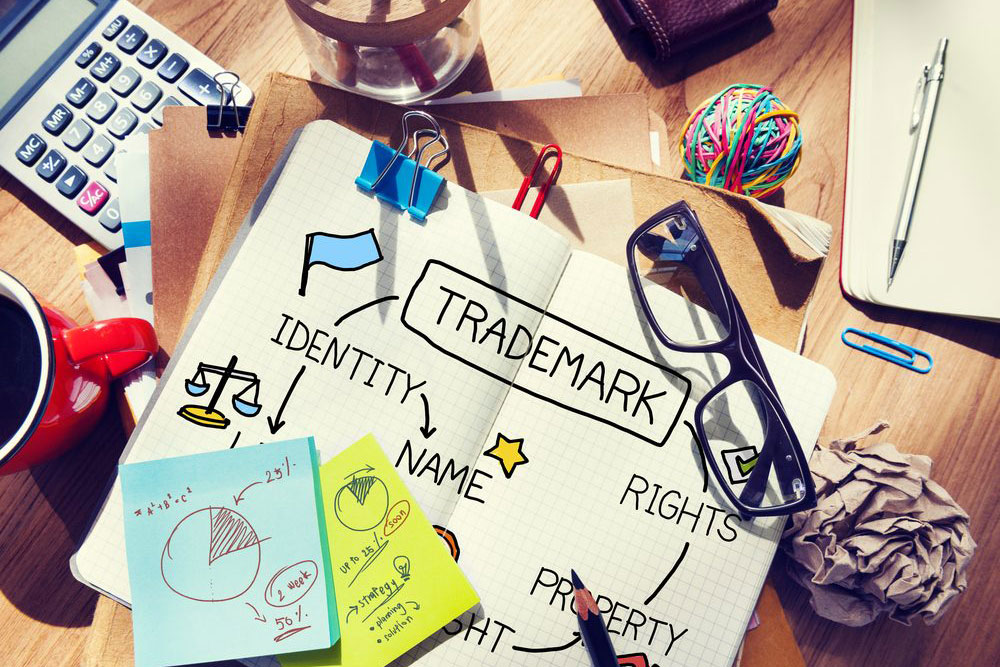The advent of social media has presented a useful and effective advertising playground for companies, individuals, and their brands. It has also allowed interaction with customers and fans. However, social media has also created issues for mark owners on a scale of inconvenience to a nightmare where its users infringe trademarks either innocently or intentionally.
One such example is the use of social media to advertise and promote the sale of illegitimate or counterfeit goods or using the social media accounts to imply a link between the counterfeit products and those of the mark owner even though one does not exist. Counterfeiting is trademark infringement as it involves the unauthorized representation of a registered trademark carried on goods identical or similar for which the trademark is registered (section 8(1)(a) of the Trade Marks Act [Chapter 26:04]). This has especially become rampant with Instagram “boutiques” that sell fake makeup. Popular brands which have fallen victim to counterfeiting are the American brands Kylie Cosmetics Lip kits, Mac Cosmetics Lipsticks and Black Opal makeup which is made available for much less than the original products. Such counterfeit goods pose health risks and in the long term can damage a brand’s reputation.
Another example of infringement that can occur on social media is where a user registers an account name that incorporates a trademark. This can be considered to be a form of cybersquatting. The case of La Russa v Twitter Inc Complaint, No. 02487393 (Cal Super. Ct. May 6, 2009) is one such example where a Twitter profile was created by a user, that then used La Russa’s name, picture and claimed to post La Russa’s updates regarding the baseball team he was managing at the time. The said updates were unfortunately vulgar and derogatory, allowing the making of a profit from the injury of La Russa’s trademark and damaging his brand name. An example closer to home is that of a Facebook profile created, impersonating the South African gqom star Babes Wodumo, which made outrageous posts about her personal and professional life, prompting the star to come out on her official page to verify that it was not her account. Social media sites have now created a verification system for accounts to prevent impersonation, which is available to public officials, famous companies and artists, athletes and well-known people. One can now determine whether an account is verified if it has a tick. Despite this, there are still multiple official accounts that are not verified, especially in the Zimbabwean context, which may therefore still result in scenarios such as La Russa’s.
It should be noted however, that one may not be able to claim trademark infringement where the user has registered the account name incorporating the trademark but is only using the account for parody, for example, and not for advertising or selling goods and services. An example of a parody account is the “@iamcxrdib” parody account on Instagram, which acts as a fan page/ posts content regarding the rapper Cardi B. Her own verified Instagram account has the handle “@iamcardib.”
Instagram’s trademark policy provides that using another’s trademark in a way that has nothing to do with the product or service for which the trademark was granted is not a violation of Instagram’s trademark policy and that usernames are provided on a first-come, first-served basis and may not be reserved. This leaves little to nothing for a mark owner to do in such an instance.
Considerations and options for mark owners
- Before anything, register your username before others do so to make protection easier. Create official pages on existing and emerging social media sites.
- Secure your trademark by registering it as a domain name to curb cybersquatters.
- Apply for verification of your social media accounts through the verification forms/steps provided on the social media sites.
- Distinguish between an intentional infringer and an innocent individual/fan: Consider whether this amounts to serious trademark infringement or fair use/parody/fan appreciation. A friendly email or private message on the site making the user aware that you as an individual or the brand/company own the intellectual property rights regarding the name may be a better course of action in some instances. A more hard-line approach may have unintended consequences. For example, where a cease and desist letter with legal threats is sent to a misguided fan page, this may instead be widely disseminated and published and garner more attention to the situation rather than deal with the actual infringement. Such an example is when Manchester United received backlash for its attempt to prevent unauthorized use of its crest.[1]
- Where it is a blatant intentional infringement, you can turn to the trademark policy on the social media site. The policies on each social media site may differ, but generally, forms are provided to report infringements. It should be noted however that some sites may not respond expeditiously to such reports or requests to suspend or take down the accounts. In cases of cybersquatting, it appears one can request the site to transfer the username to the mark owner (Oneok, Inc. v. Twitter, Inc., Case No. 4:2009cv00597 (N.D. Okla. Sept. 15, 2009).
Although social media provides a great landscape for digital marketing and consumer interaction, mark owners need to be vigilant in ensuring their trademarks are not being abused. This can be achieved by having a properly laid out social media strategy and making use of services provided by social media watch companies.
[1] Mail Online “Manchester United force fan to remove club badge from Twitter profile” available: http://www.dailymail.co.uk/sport/football/article-2573627/Manchester-United-fan-ordered-remove-club-badge-Twitter-profile-face-legal-action.html (accessed 13 March 2018).

0 Comments